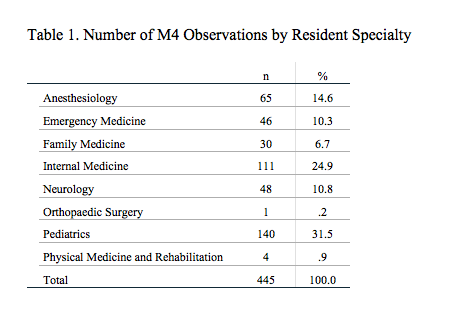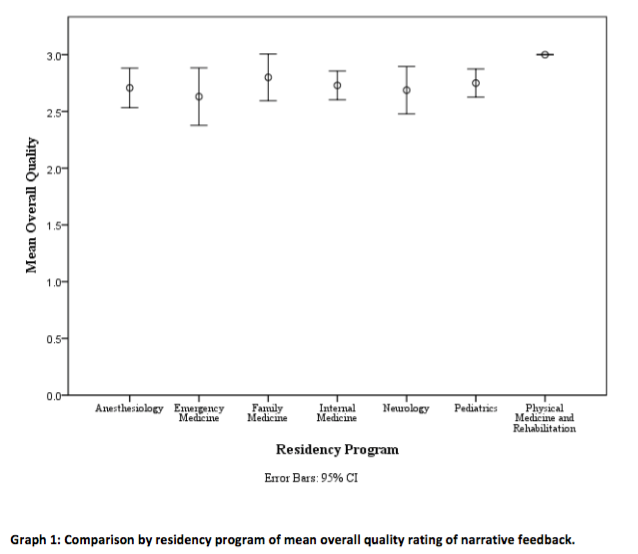Presenting Author:
Elizabeth Ryan, Ed.D.
Principal Investigator:
Elizabeth Ryan, Ed.D.
Department:
Family and Community Medicine
Keywords:
teacher-training program, educational continuum
Location:
Third Floor, Feinberg Pavilion, Northwestern Memorial Hospital
E6 - Education
Evaluation of an Aligned Teacher-Training Program Across UME to GME
Purpose: In 2010, NUFSM in collaboration with McGaw Medical Center of Northwestern University created a novel teacher-training program that aligned the resident and medical student teaching programs and generated a program across the medical education continuum. This alignment of undergraduate and graduate medical education resources fosters near-peer teaching and professional identity formation. Given the potential benefits of this novel alignment, the purpose of this program evaluation was to assess the narrative feedback quality provided from residents to medical students. Methods: The quality of resident feedback provided to medical students in the teaching program was analyzed by two independent raters using pre-established codes (n=445). Analysis of resident feedback narrative included those of 8 different residency programs (Table 1). The quality rating codes were based on a previously established operational definition of feedback in clinical education (van de Ridder). Feedback was coded as weak (0), specific observation (1), identifies performance gap (2) or actionable item for improvement (3). After independent coding of feedback by two raters, discrepancies were discussed with a panel of experts to come to consensus on the final code. Quantitative analysis of participant reaction to the program occurred through analysis of resident and M4 student satisfaction survey data from 2011 to 2016. Results: The overall mean quality rating of resident to medical student feedback was 2.72 (scale 0-3). The mean rating was above 2.5 in all residency programs (Graph 1). Of all 445 feedback narratives, only 1.8% provided weak feedback, 10.1% made a specific observation and 2.2% identified a performance gap. The highest feedback rating of stating an actionable item for improvement was achieved by 85.8% overall. The highest quality coding of 3 increased in frequency through academic year: 84% in 2013-14, 85.7% in 2014-15, and 88.1% in 2015-16. In analysis of years of participation, the highest quality coding of an actionable item for improvement showed an increasing trend in frequency with years of participation: 84% with 1 year of participation, 89% with 2 years, 83.3% with 3 years, and 93.8% with 4. Overall rating of medical student satisfaction with the teaching program ranged from 4.7 to 5.2 on a 6 point Likert scale (1=extremely dissatisfied, 6=extremely satisfied). Similarly, resident satisfaction rating ranged from 4.7 to 5.2. Conclusions: Aligning undergraduate and graduate medical education teacher-training programs across the continuum provides the benefit to programs in aligning resources, medical students receiving high quality feedback and residents receiving experiential learning opportunities. Both residents and medical students are demonstrating high satisfaction with the program. van de Ridder, J. M., Stokking, K. M., McGahie, W. C., ten Cate, O. T. (2008). What is feedback in clinical education? Medical Education, 42, 189-197.


